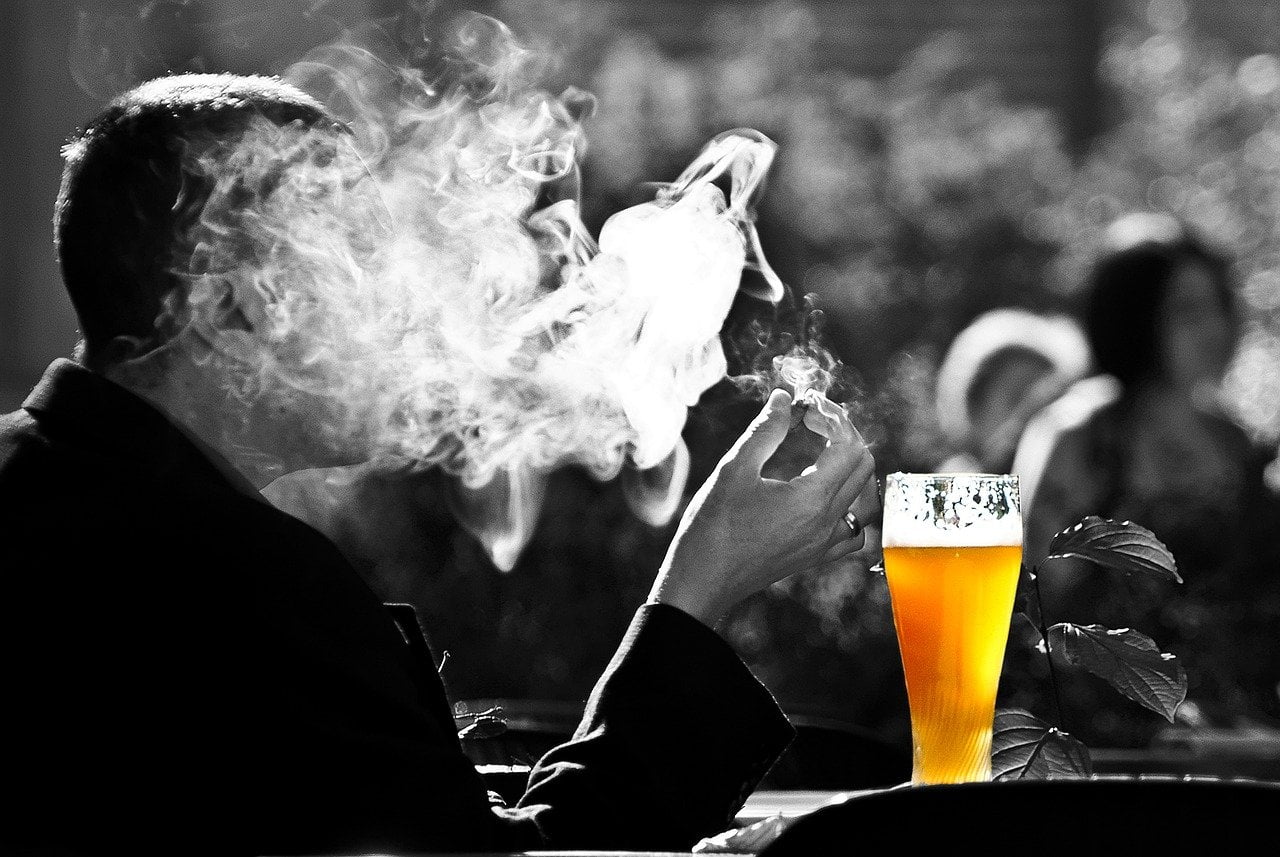Supreme Court Protects Prisoners Against Tobacco Smoke But Not COVID; Maybe a More Conservative Court or the Problems of the Proposed Remedy
Q3 2020 hedge fund letters, conferences and more
WASHINGTON, D.C. (November 18, 2020) - On Monday, the U.S. Supreme Court voted 7-2 to deny geriatric inmates, and other prisoners with serious medical conditions, protections against the spread of the coronavirus, even after a finding by a lower court that prison officials were lax in dealing with the pandemic.
The two dissenters, Justice Sonia Sotomayor and Justice Elena Kagan, claimed that the inmates “face severe risks of serious illness and death from Covid-19, but are unable to take even the most basic precautions against the virus on their own... If the prison fails to enforce social distancing and mask wearing, perform regular testing, and take other essential steps, the inmates can do nothing but wait for the virus to take its toll.”
Indeed, the Pack Unit where these seriously-at-risk inmates were housed has seen more than 500 inmates, or 40% of its population, infected with this potentially fatal disease, including 20 who had already died.
But, notes public interest law professor and nonsmokers' rights activist John Banzhaf, this is the same U.S. Supreme Court which had held that a prisoner subjected to secondhand tobacco smoke was entitled to sue for protection because such exposure could constitute "cruel and unusual punishment" in violation of the Constitution's Eighth Amendment.
Prisoners Exposed To Secondhand Tobacco
In HELLING v. McKINNEY, the Court recognized, for the first time, that the health effects of involuntary exposure to secondhand tobacco smoke in the prison setting may constitute cruel and unusual punishment.
Also, the Court determined that the clause protects prisoners not only against current or existing harm to their health, but also to potential or possible harm to their health which may never occur.
In other words, inmates are not restricted to obtaining protection only in situations where there have already been tragic consequences, but rather can, under the ruling, sue now to remedy dangerous conditions of confinement which might (or might not) some day cause serious harm.
One reason for what might appear to many to be a very dramatic contrast and contradiction - since no one in the prison had died, or was likely to die, from smoke exposure; whereas 20 prisoners have already died, and 40% of the population had already contracted a deadly and often fatal disease - is that today's Supreme Court is far more conservative than in the past, with less concern about prisoners' rights.
Dealing With Threats Posed By The Pandemic
However, another is that issues of how to deal with threats posed by the pandemic - even in general, but more specifically in the unusual situation of a prison ward for sickly prisoners - are difficult, complex, and subject to sharp differences of opinion and ever changing evidence.
In such situations, courts are naturally reluctant to intervene, trying not to substitute the judgments of judges with no medical or penal experience for those of trained personnel selected to make those very decisions, suggests Banzhaf.
In contrast, when a nonsmoker is housed in a small cell with a heavy smoker, as was the case in Helling, the simple remedy is move one or the other to a different cell.
Even if the risk of drifting tobacco smoke is seen as affecting the entire prison population, and therefore cannot be remedied by cell switching, a complete ban on smoking throughout the prison would remedy the problem.
But dealing with COVID involves masks and mask wearing, physical separation, sterilizing surfaces, periodic testing, and many other activities, some of which may be difficult to carry out and enforce in a custodial situation.
So, in the words of an earlier Supreme Court decision, trying to second guess prison official regarding this novel health issue might be seen as placing judges "astride the day-to-day functioning of state prisons and involve the judiciary in issues and discretionary decisions that are not the business of federal judges."





